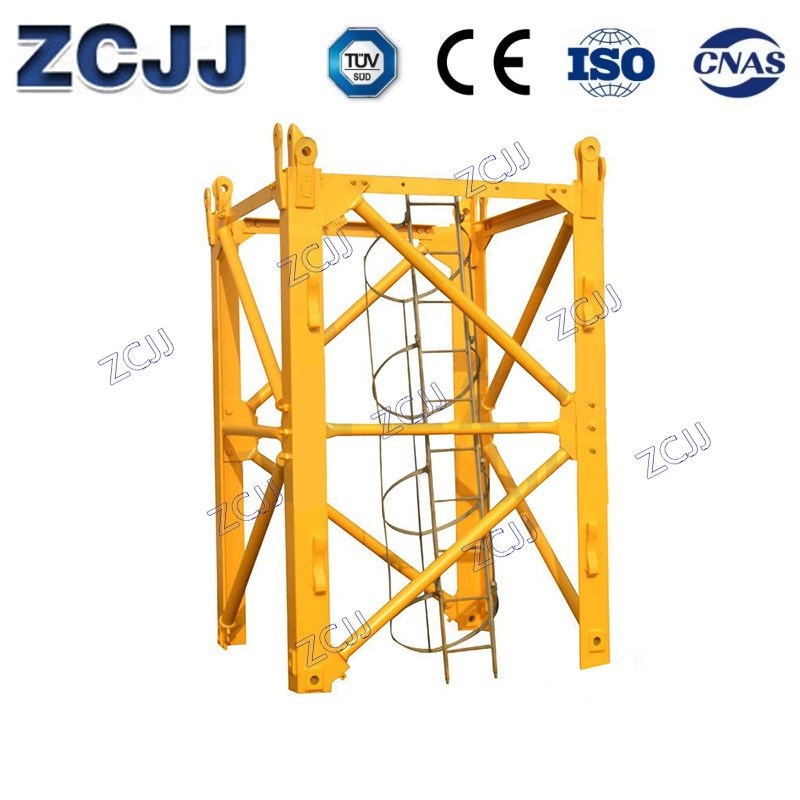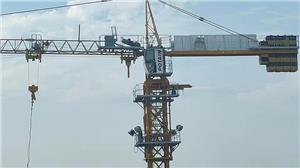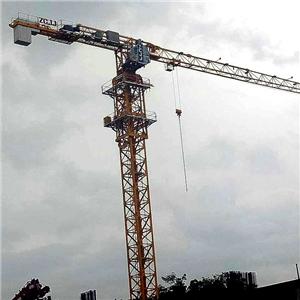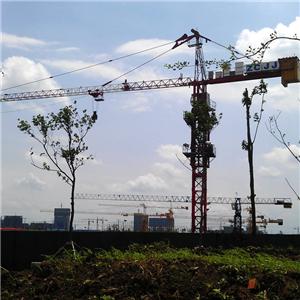L68B2 Mast Section Risk Factors and Control of Metal Structure Connections and Up welling Process of Tower Suspension
Tower crane is a large mechanical equipment, its operational safety can not be underestimated. The current tower hoists are mostly fixed models, and they are frequently demolished. There are many sources of danger in the installation and demolition of Tower hoists, such as foundation, installation site, and large lifting, etc.. All parts of the installation process must be strictly follow the operating rules. operation. This paper focuses on the control of the metal structure connection and the risk source of the lifting process.
L68B2 Mast Section L68B2 mast section good at in this field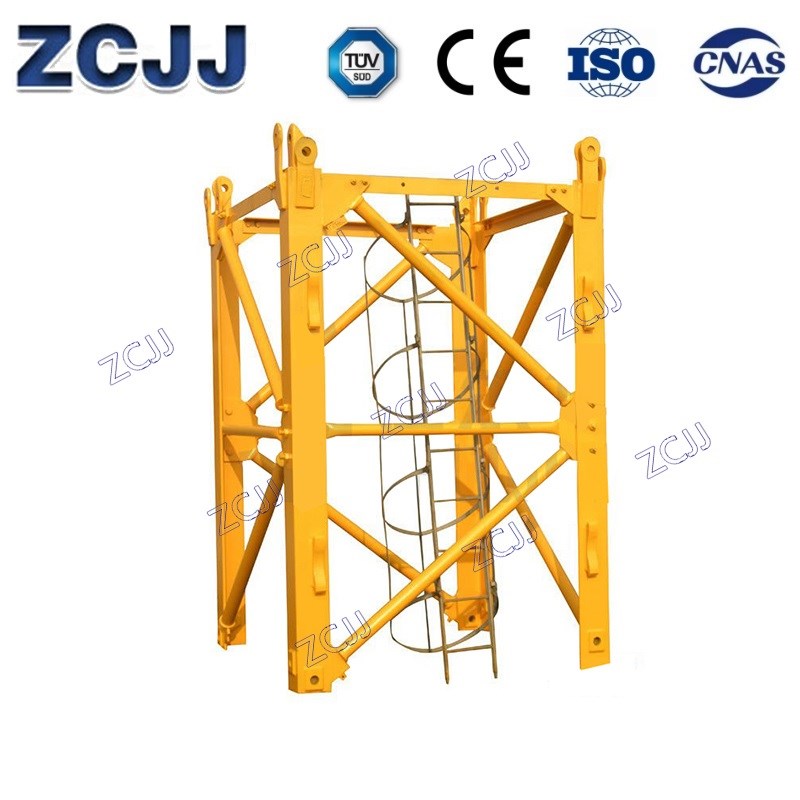
1. Metal structural connection of the tower crane
There are usually two ways to connect the metal structure of the tower crane, namely high-strength bolt connection and pin shaft connection. The high strength bolt connection of the tower crane is based on friction to transfer the internal force of the structure. The connection surface is required to be clean and has a high friction coefficient. The tightening moment value is very important, especially the pre-tightening moment. The purpose of pre-tightening is to enhance the reliability and tightness of the connection to prevent gaps or relative slippage in the connection after loading to ensure the final installation quality. The following should be noted in the installation of high-strength bolts:
(1) The pre-tightening torque of high-strength bolts is specified in the tower crane design. In order to meet the design requirements, the pre-tightening moment value of high-strength bolts must be determined and a special torque wrench must be used before the tower crane is installed.
(2) Prior to installation, dirt and rust on gaskets, bolts, nuts and wire fasteners should be removed and a small amount of grease should be applied evenly to the screw fasteners. Do not use bolts that are not straight at the bar and gaskets, bolts and nuts with rust damage and wire buckle damage.
(3) Before the bolt is penetrated into the fastened structure, the connecting parts should be cleaned and can not be forced into the bolt. Take effective measures to prevent wet air, water, etc. from entering the joint to ensure that the connection is dry friction and non-rust.
(4) Tighten the nut when tightening the bolt. Bolting is only allowed when it is necessary: the same part should be made of high-strength bolts of the same specification and can not be used in combination with bolts of other specifications; Normal bolts and nuts can not be used instead of high-strength bolts and nuts for connecting pairs
L68B2 Mast Section L68B2 mast section good at in this field